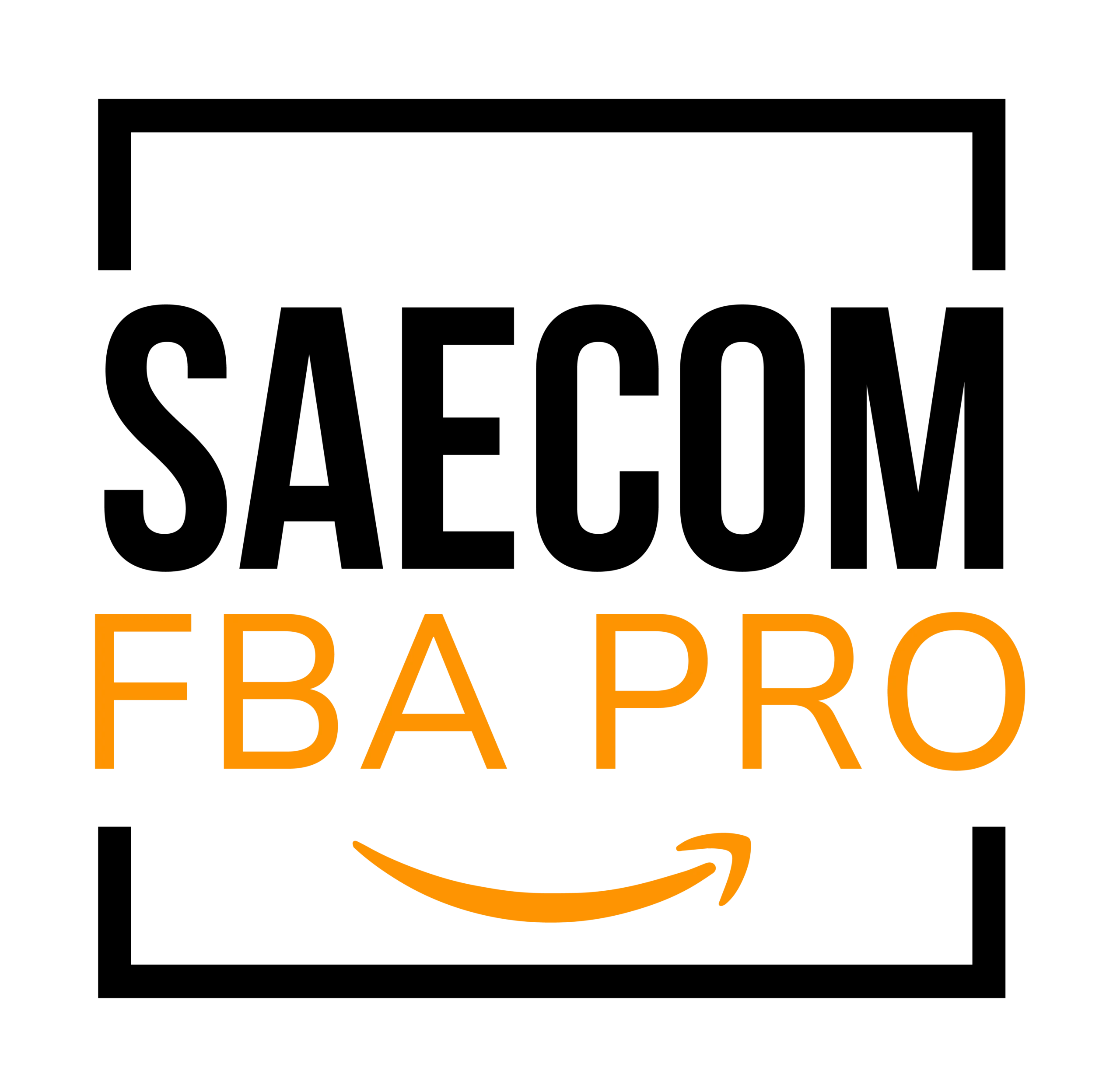Save on Amazon FBA Inbound Fees in 2025
Amazon’s updated inbound placement fees are reshaping how sellers manage inventory and shipping costs through Fulfillment by Amazon (FBA). These charges depend on product dimensions, weight, and shipping destinations.
For sellers, understanding these new fees is key to maintaining profitability. In this article, we’ll break down Amazon’s inbound placement fee system and share practical ways to reduce these costs while improving your logistics strategy.

What Is the New Amazon Inbound Placement Service Fee?
The new Amazon FBA Inbound Placement Service Fee is applied to sellers using FBA who want Amazon to distribute their inventory across multiple fulfillment centers. This service ensures faster delivery and lower shipping costs for customers.
The fee amount varies depending on an item’s size and weight, with different rates for standard and oversized products. By factoring this into your logistics plan, you can better anticipate and manage your overall FBA expenses.
Amazon FBA Inventory Placement Services 2025
When creating your FBA shipping plan, Amazon offers three main inventory placement options:
1. Minimal Shipment Splits
This option allows you to send your entire inventory to one Amazon inbound location for a fee. Amazon then redistributes your products across its fulfillment network. Fees depend on the specific inbound destination—typically higher when sending to western regions.
2. Partial or Amazon-Optimized Shipment Splits
If you choose partial or optimized shipment splits, your products are sent to multiple inbound centers for a smaller or no fee.
Amazon may recommend sending inventory to four or more centers, which typically eliminates fees. However, selecting two or three locations incurs a reduced fee, offering flexibility based on your logistics preferences.
Factors Influencing Inbound Placement Options
Several factors determine which inbound placement options are available for your shipment:
- The types and quantities of products being sent
- Current inventory levels in Amazon’s network
- The geographical distribution of customer demand
When creating your shipping plan, Amazon provides a fee estimate for each placement option. The inbound placement fee is charged 45 days after your shipment is received, depending on the chosen inbound location and quantity.
How to Choose Your Preferred Amazon Placement Service in Seller Central
Follow these steps to select your preferred inbound placement service:
- Log in to your Amazon Seller Central account.
- Go to Settings → Fulfillment by Amazon.
- In the Inbound Settings section, click Edit.
- Choose the placement option that aligns with your business strategy.
If you use third-party software for shipment creation, ensure this setting matches your Amazon account preferences for proper API integration.

How Amazon Calculates Inbound Placement Service Fees
Amazon’s fee calculation depends primarily on item type, weight, and number of shipment destinations. Here’s how it works:
- Item Classification: Products are categorized as standard or oversized.
- Weight: Fees for small standard items depend on unit weight, while large standard or bulky items are charged based on the greater of unit or dimensional weight.
- Shipment Splits: The number of locations—Minimal, Partial, or Amazon-Optimized—affects the total fee.
- Inbound Destination: Western fulfillment centers typically have higher costs.
These factors allow Amazon to cover the expenses involved in efficiently placing inventory across its fulfillment network.
Amazon Inbound Placement Service Fees 2025
Below is a simplified breakdown of the 2025 inbound placement fees:
Standard-Size Product Fees
| Size | Weight | Minimal Splits | Partial Splits | Amazon-Optimized Splits |
| Small Standard (≤16 oz) | $0.21–$0.30 | $0.12–$0.21 | No Fee | |
| Large Standard (≤12 oz) | $0.23–$0.34 | $0.13–$0.24 | No Fee | |
| Large Standard (12–20 lb) | $0.27–$0.68 | $0.15–$0.48 | No Fee |
Large Bulky Product Fees
| Size | Weight | Minimal Splits | Partial Splits | Amazon-Optimized Splits |
| Large Bulky (≤5 lb) | $2.16–$2.67 | $0.55–$1.48 | No Fee | |
| Large Bulky (28–50 lb) | $3.19–$6.00 | $0.81–$3.32 | No Fee |
Incentives for New Sellers on Amazon FBA in 2025
Amazon is continuing to support new sellers through special incentives. In addition to a $100 free shipping credit for FBA shipments, new sellers can receive an extra $400 in inbound placement fee credits.
To qualify, you must send your first FBA shipment within 90 days of listing your first offer. This incentive applies to sellers who list their first product on or after March 1, 2025.
Four Ways to Minimize Amazon FBA Inbound Placement Fees
1. Separate Standard and Oversize Shipments
To reduce costs, create separate shipments for standard-size and oversized products. Since each category has a different fee structure, accurate classification ensures you’re not overpaying. Staying within Amazon’s size guidelines can also prevent reclassification that leads to higher fees.
2. Choose Smaller, Lighter Products
When sourcing inventory, prioritize products with lower size and weight. Larger or heavier items often attract higher fees. Use space-efficient packaging to minimize shipment dimensions without compromising safety—this reduces both inbound placement and general shipping costs.
3. Avoid Western Fulfillment Centers
Amazon’s data shows that shipping to western regions typically incurs higher fees. Whenever possible, direct your shipments to other regions using Amazon’s regional placement options. This small adjustment can lead to noticeable savings.
4. Use FBM for Certain Products
Fulfillment by Merchant (FBM) can help you bypass inbound placement fees entirely. This strategy works best for bulky, heavy, or slow-moving products. A hybrid approach, using FBA for fast-moving items and FBM for others, offers flexibility and better cost control.
Conclusion
The new Amazon FBA inbound placement fees are reshaping how sellers plan their logistics in 2025. Understanding the fee structure, product classification, and shipment options can help you make smarter shipping decisions.
New sellers can also take advantage of Amazon’s $400 credit incentive to offset initial costs. By carefully planning shipments, avoiding high-cost regions, and considering hybrid fulfillment models, you can keep your operations cost-efficient and profitable.


